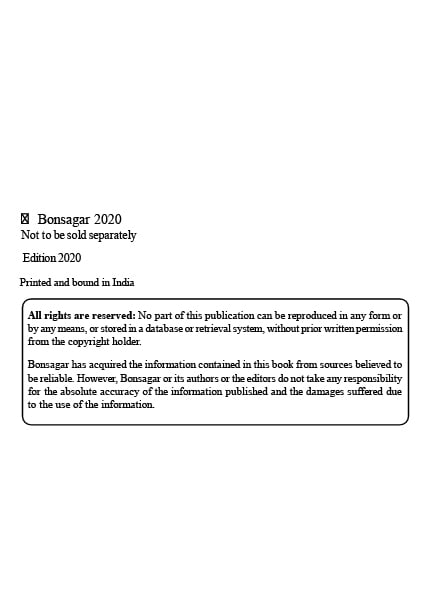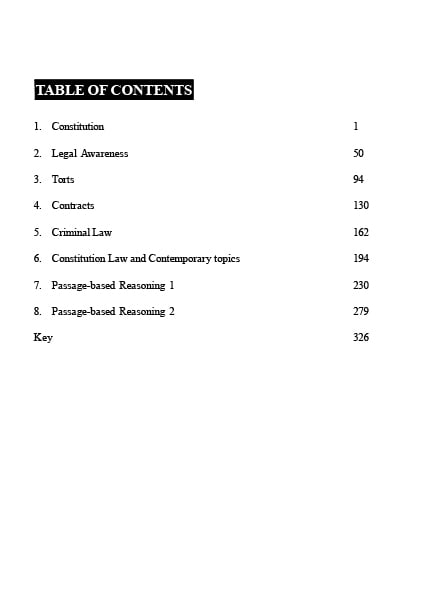
Revolutionizing Campus Recruitment: The Role of Technology and Innovation
Introduction
In recent years, the landscape of campus recruitment has undergone a transformative shift, thanks to the infusion of technology and innovation. Traditional recruitment methods have given way to a more dynamic and efficient approach, reshaping the way companies connect with the next generation of talent. The fusion of technology and innovation has not only simplified the process of finding the right candidates but has also enhanced the overall experience for both recruiters and students. This article delves into the various ways technology and innovation have revolutionized campus recruitment , making it a streamlined and effective process.
1. Virtual Platforms: Breaking Geographical Barriers
One of the most notable advancements in campus recruitment is the rise of virtual platforms. With the advent of video conferencing tools and virtual career fairs, geographical constraints are no longer a hurdle in the recruitment process. Companies can now interact with students from various campuses without incurring the costs and logistical challenges of physically traveling to each location. This has opened doors for students from diverse backgrounds to connect with potential employers, expanding opportunities and widening the talent pool for recruiters.
2. Data-Driven Decision Making
Technology has empowered recruiters to make more informed decisions through data analysis. AI-powered algorithms can analyze resumes and assess candidates based on predefined criteria. This not only saves time but also eliminates bias, ensuring that candidates are evaluated solely on their skills and qualifications. Furthermore, data analytics can provide insights into trends related to candidate preferences, allowing companies to tailor their recruitment strategies to attract the best talent effectively.
3. Enhanced Candidate Assessment
Innovation in assessment techniques has redefined how recruiters evaluate candidates. Traditional written tests have given way to gamified assessments, case studies, and interactive simulations that mirror real job challenges. These innovative methods not only provide a more accurate representation of a candidate’s skills but also offer a glimpse into their problem-solving abilities, creativity, and adaptability. Such insights are invaluable in selecting candidates who resonate with a company’s culture and demands.
4. AI-Powered Chatbots and Automated Interviews
AI-driven chatbots have emerged as a game-changer in the initial stages of campus recruitment. These chatbots can engage with candidates, answer their queries about the company and job roles, and even conduct preliminary interviews. This not only saves recruiters’ time but also creates a seamless experience for candidates, who can engage with the recruitment process at their convenience. Automated interviews, powered by AI, analyze facial expressions, tone of voice, and language patterns to assess candidates’ soft skills, providing recruiters with deeper insights.
5. Personalized Recruitment Campaigns
Innovation has allowed companies to move away from a one-size-fits-all approach to recruitment. With the help of data analytics, recruiters can create personalized campaigns that cater to the interests and aspirations of individual candidates. Whether through targeted email campaigns or personalized social media interactions, technology enables recruiters to build a stronger connection with potential hires. This approach not only increases the likelihood of attracting top talent but also portrays the company as forward-thinking and attentive to candidates’ needs.
6. Building Employer Brand through Social Media
Social media platforms have become a potent tool for both candidates and recruiters. Companies can showcase their work culture, values, and employee experiences through various social media channels. This transparent approach helps candidates gain a comprehensive understanding of the company, enabling them to make informed decisions. On the other hand, recruiters can actively search for potential candidates online, assessing their profiles and engaging with them directly. This two-way interaction fosters a more natural and engaging recruitment process.
7. Remote Onboarding and Training
The ongoing pandemic accelerated the adoption of remote work and, consequently, remote onboarding and training. Technology has enabled companies to seamlessly integrate new hires into their teams, regardless of their physical location. Virtual onboarding sessions, online training modules, and collaborative tools have made it possible for new employees to quickly acclimate themselves to the company culture and job requirements. This has not only streamlined the recruitment process but also demonstrated adaptability and resilience, traits highly valued in today’s workforce.
8. Continuous Learning and Skill Development
Innovation in campus recruitment goes beyond the hiring process itself. Companies are increasingly investing in programs that foster continuous learning and skill development among new hires. Through online platforms, employees can access a plethora of resources, including courses, webinars, and workshops. This commitment to employee growth not only enhances job satisfaction but also ensures that the workforce remains adaptable and equipped with the latest skills—a crucial factor in an ever-evolving technological landscape.
Conclusion
Technology and innovation have undeniably transformed the landscape of campus recruitment. From virtual platforms that bridge geographical gaps to AI-powered assessments that provide deeper insights, the recruitment process has become more efficient, dynamic, and inclusive. Companies that embrace these advancements stand to benefit from a wider talent pool, reduced biases, and streamlined processes. Likewise, candidates can experience a more engaging and personalized journey as they embark on their professional careers. As technology continues to evolve, so will the methods of campus recruitment, reshaping the way companies and future professionals connect.




